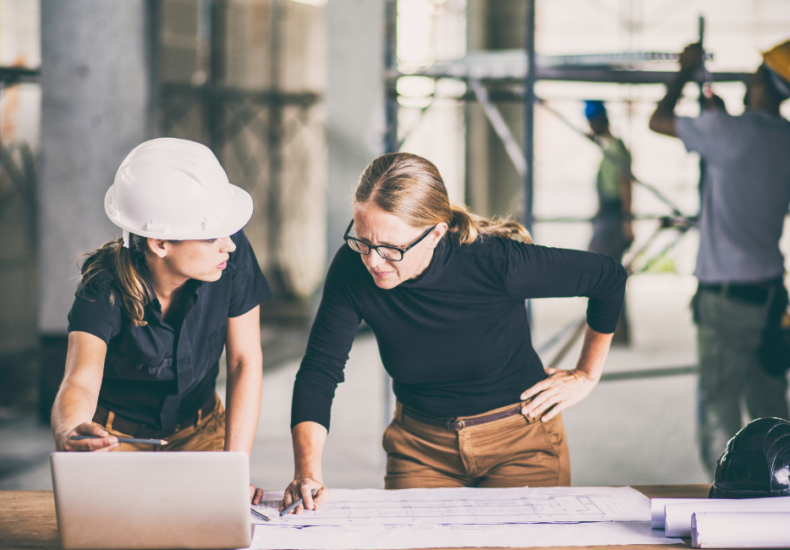
Architect of Tomorrow Designing Sustainable
Table of Contents
-
- Architects of Tomorrow: Designing Sustainable and Innovative Structures
- The Rise of Sustainable Architecture
- Energy-Efficient Designs
- Use of Renewable Materials
- Innovative Architectural Techniques
- Smart Buildings
- Adaptive Reuse
- Case Studies of Sustainable and Innovative Architecture
- One Central Park, Sydney
- Masdar City, Abu Dhabi
- Bosco Verticale, Milan
- The Future of Architecture
- Biophilic Design
- 3D Printing in Construction
- Conclusion
Architect of Tomorrow Designing Sustainable
In an era where environmental concerns and technological advancements are at the forefront, the role of architects has evolved significantly. Modern architects are not just creators of aesthetically pleasing buildings; they are visionaries who integrate sustainability and innovation into their designs. This article explores how architects are shaping the future by designing structures that are both sustainable and innovative.
The Rise of Sustainable Architecture
Sustainable architecture has gained momentum as the world grapples with climate change and resource depletion. This approach focuses on minimizing the environmental impact of buildings through energy efficiency, use of renewable resources, and reducing waste.
Energy-Efficient Designs
Energy efficiency is a cornerstone of sustainable architecture. Architects are incorporating features such as:
- Solar panels to harness renewable energy
- Green roofs to provide insulation and reduce urban heat islands
- High-performance windows to minimize heat loss
For instance, the Bullitt Center in Seattle is often cited as one of the greenest commercial buildings in the world. It generates its own energy through solar panels and uses rainwater for all its water needs.
Use of Renewable Materials
Another key aspect is the use of renewable and recycled materials. Bamboo, reclaimed wood, and recycled metal are becoming popular choices. These materials not only reduce the carbon footprint but also add a unique aesthetic to the buildings.
The Brock Environmental Center in Virginia Beach is a prime example. It uses locally sourced, recycled materials and is designed to have a minimal environmental impact.
Innovative Architectural Techniques
Innovation in architecture goes beyond sustainability. It encompasses the use of cutting-edge technology and creative design solutions to meet the needs of modern society.
Smart Buildings
Smart buildings are equipped with advanced systems that enhance the comfort and efficiency of the occupants. These systems include:
- Automated lighting and climate control
- Energy management systems
- Security and surveillance systems
The Edge in Amsterdam is a leading example of a smart building. It uses a network of sensors to optimize lighting, heating, and cooling, making it one of the most energy-efficient office buildings in the world.
Adaptive Reuse
Adaptive reuse involves repurposing old buildings for new uses. This approach not only preserves historical structures but also reduces the need for new construction, thereby saving resources.
The High Line in New York City is a successful case of adaptive reuse. An old elevated railway track was transformed into a public park, providing green space in a densely populated urban area.
Case Studies of Sustainable and Innovative Architecture
Several projects around the world exemplify the principles of sustainable and innovative architecture. These case studies highlight the diverse approaches architects are taking to create buildings that are both functional and environmentally friendly.
One Central Park, Sydney
One Central Park in Sydney is a mixed-use development that integrates nature into its design. The building features vertical gardens that cover its façade, providing natural insulation and improving air quality. It also has a heliostat system that reflects sunlight into shaded areas, reducing the need for artificial lighting.
Masdar City, Abu Dhabi
Masdar City is a planned city project in Abu Dhabi designed to be one of the most sustainable cities in the world. It incorporates renewable energy sources, such as solar and wind power, and features energy-efficient buildings. The city aims to be a hub for clean technology and sustainable living.
Bosco Verticale, Milan
Bosco Verticale, or Vertical Forest, in Milan consists of two residential towers covered in trees and shrubs. This innovative design not only provides a unique aesthetic but also helps to absorb CO2, produce oxygen, and reduce noise pollution. The project demonstrates how urban living can be harmonized with nature.
The Future of Architecture
The future of architecture lies in the continuous integration of sustainability and innovation. Architects are increasingly adopting a holistic approach, considering the environmental, social, and economic impacts of their designs.
Biophilic Design
Biophilic design emphasizes the connection between humans and nature. This approach incorporates natural elements into the built environment, promoting well-being and productivity. Features of biophilic design include:
- Natural lighting and ventilation
- Indoor plants and green walls
- Water features and natural materials
The Amazon Spheres in Seattle are an example of biophilic design. These glass domes house thousands of plants, creating a unique workspace that fosters creativity and well-being.
3D Printing in Construction
3D printing technology is revolutionizing the construction industry. It allows for the creation of complex structures with precision and efficiency. Benefits of 3D printing in construction include:
- Reduced material waste
- Faster construction times
- Lower labor costs
The first 3D-printed office building in Dubai showcases the potential of this technology. The building was constructed in just 17 days, demonstrating the speed and efficiency of 3D printing.
Conclusion
Architects of tomorrow are at the forefront of designing structures that are both sustainable and innovative. By embracing energy-efficient designs, renewable materials, smart technologies, and adaptive reuse, they are creating buildings that meet the needs of modern society while minimizing environmental impact. As we look to the future, the continuous integration of sustainability and innovation will be key to shaping a built environment that is both functional and harmonious with nature.
Recent Posts
- Leading 10 Finest Gold IRA Companies for Secure Retirement Investments
- Delta nine Gummies: Proper Dosing Guide, Impacts, and More
- The Ecological Effect of Mushroom Farming for Coffee Manufacturing
- Consumer Voices: The Most Effective and Worst of Lear Funding
- “Celebrating Holidays with Festive Flavors of Delta nine THC Gummies”